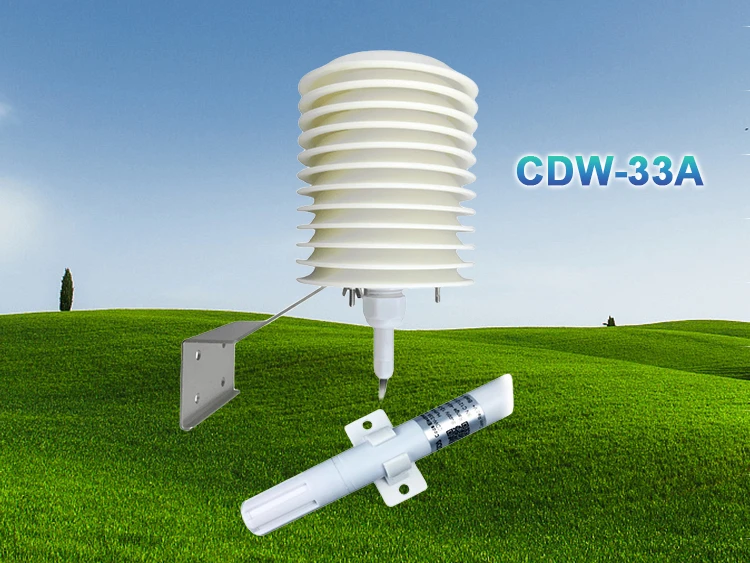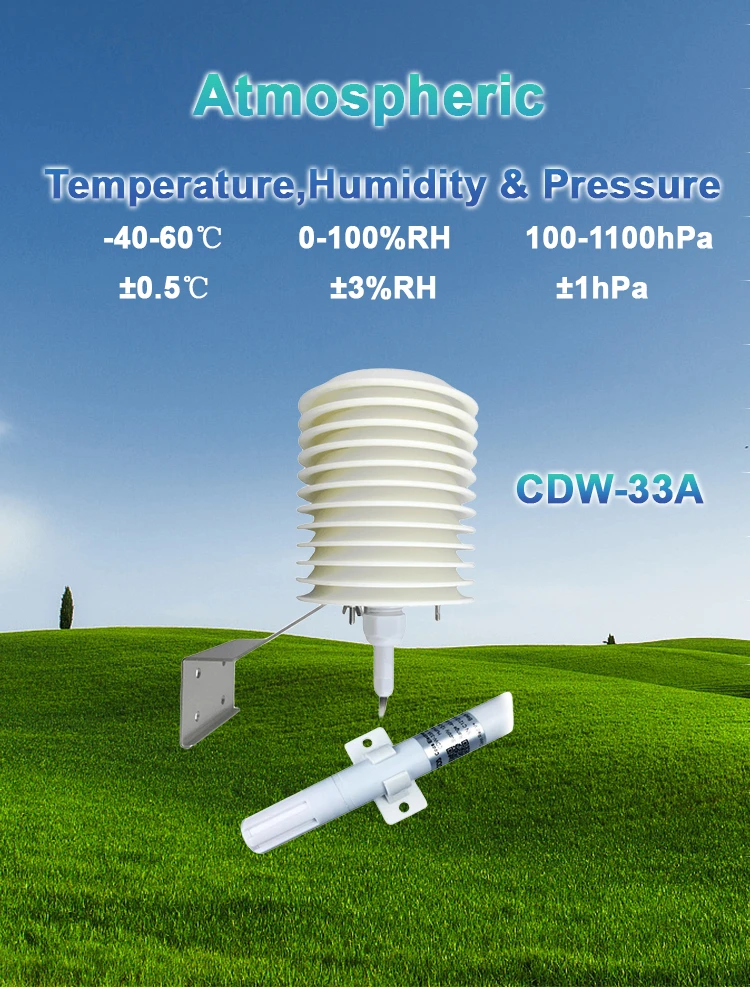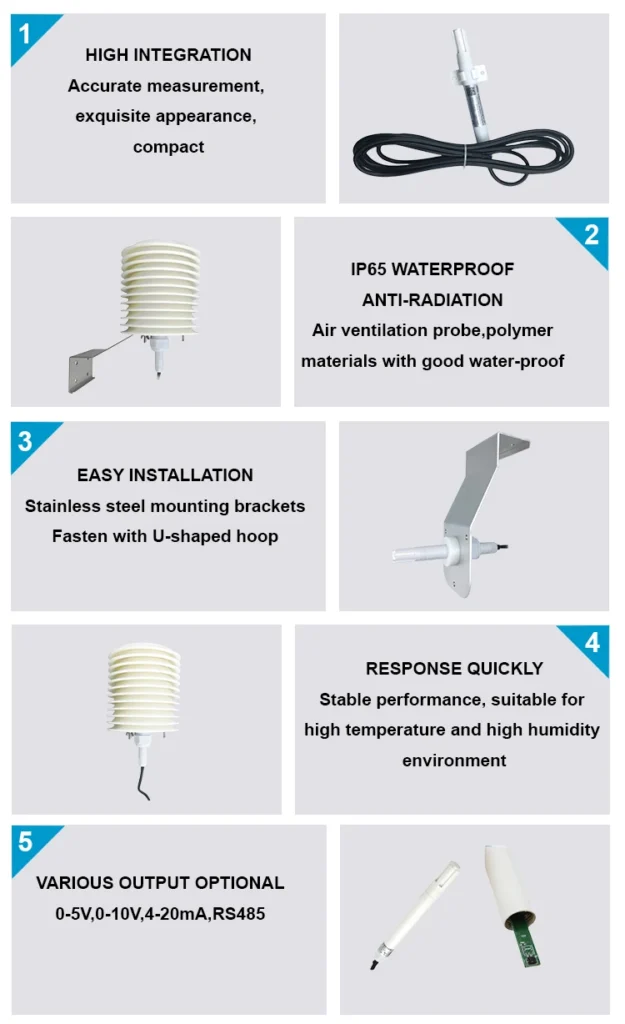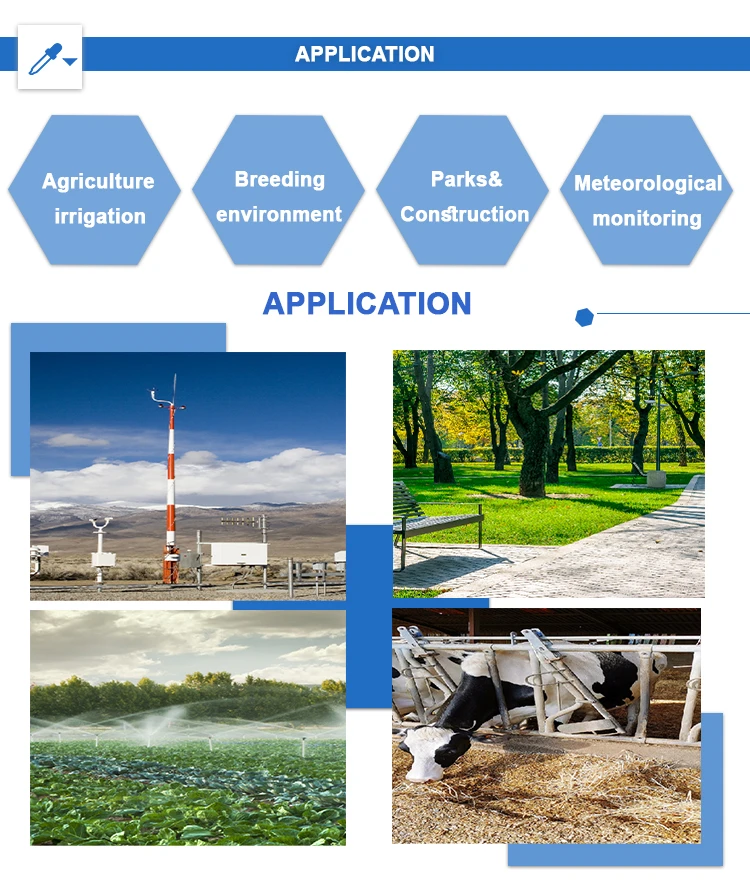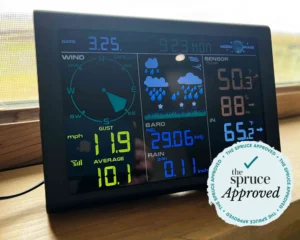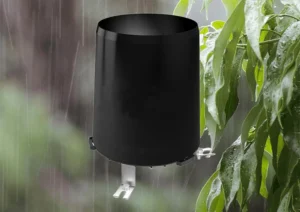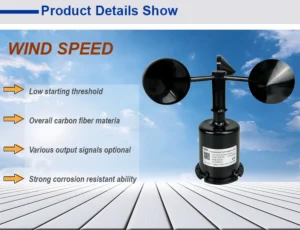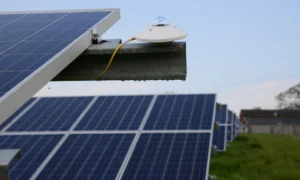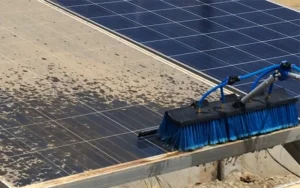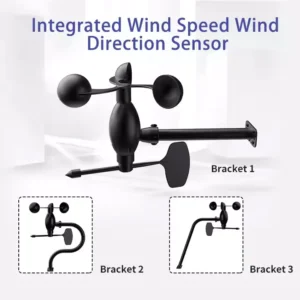Temperature and Humidity Sensors in Agricultural Applications
Temperature and Humidity Sensors (TMS) are devices designed to measure environmental conditions by detecting and recording temperature and humidity levels. These sensors use special parts or methods to provide accurate readings. They are important in many areas, including agriculture. Below is a comprehensive overview of such sensors:
1. Temperature Measurement:
Temperature sensors capture the actual temperature of the environment using heat-sensitive elements like thermistors or temperature-dependent diodes. These components sense changes in resistance or voltage due to temperature changes. They turn these changes into accurate temperature readings.
2. Humidity Measurement:
Humidity sensors gauge moisture levels in the air utilizing components such as humidity-sensitive resistors or capacitive humidity sensors. These elements respond to absorbed or released moisture by adjusting their resistance or capacitance values. By analyzing these changes, we can accurately determine humidity levels.
3. Operational Principle:
Temperature and humidity sensors work by detecting changes in the electrical properties of materials. These changes happen under different environmental conditions. Components within the sensor react to heat and moisture, transforming these responses into electrical signals. Researchers interpret these signals to calculate accurate values of temperature and humidity.
4. Applications:
Temperature and humidity sensors have diverse uses in agriculture, meteorology, environmental monitoring, warehousing, air quality management, biological research, and household electronics. Such devices are essential for regulating environmental parameters, ensuring comfort, protecting materials from adverse humidity and temperature effects, and tracking climatic shifts.
Critical Role in Agriculture
Temperature and humidity sensors are essential tools in precision agriculture. They help farmers monitor and control environmental factors. This helps optimize crop yields, irrigation practices, and pest management. Here’s how these sensors are utilized in farming:
1. Greenhouse and Indoor Farming:
These sensors are vital for sustaining ideal conditions inside greenhouses or indoor farms. They constantly measure temperature and humidity. This helps farmers adjust ventilation, heating, or cooling systems. They can create the best microclimate for their crops. Real-time data ensures better control over plant growth.
2.Effective Irrigation Management:
These sensors help farmers track high temperatures and low humidity. This information helps them change irrigation schedules or amounts. This approach prevents issues like overwatering or underwatering while ensuring sustainable water use.
3. Prevention of Diseases and Pests:
Numerous diseases and pests flourish in specific temperature and humidity environments. Sensors help farmers detect unfavorable ranges early and enhance protection strategies. Maintaining optimal environmental conditions reduces the risk of pest infestations and mitigates disease outbreaks.
4. Frost Protection Measures:
Temperature sensors are critical for frost management. When temperatures get close to freezing, authorities send alerts to farmers. This helps them take quick actions. They can cover crops, turn on frost prevention systems, or change irrigation methods. These steps protect vulnerable plants from cold damage.
5. Harvesting Time:
Temperature and humidity sensors help farmers identify the ideal harvesting window by tracking environmental conditions. Some crops, like fruits, need particular temperature and humidity conditions to ripen correctly. By monitoring these variables, farmers can pinpoint the best time to harvest, ensuring superior quality and extended shelf life.
6. Crop Storage:
In storage facilities, temperature and humidity sensors are very important. They help keep the best conditions for preserving harvested crops. These devices control and monitor environmental conditions. They help reduce spoilage, stop mold growth, and lower the risk of pests during storage.
7. Pest Monitoring:
Humidity sensors also aid in detecting pests that thrive within certain humidity ranges. By observing fluctuations in humidity levels, farmers can pinpoint pest breeding zones and implement precise, effective control measures.
8. Data Logging and Analysis:
These sensors continuously record temperature and humidity data, enabling farmers to study historical trends and patterns. This information helps refine crop management practices, make informed decisions, and boost farm productivity over time.
Adding temperature and humidity sensors to farming helps farmers create the best growth conditions. This can increase yields, reduce waste, and improve efficiency and profits.
